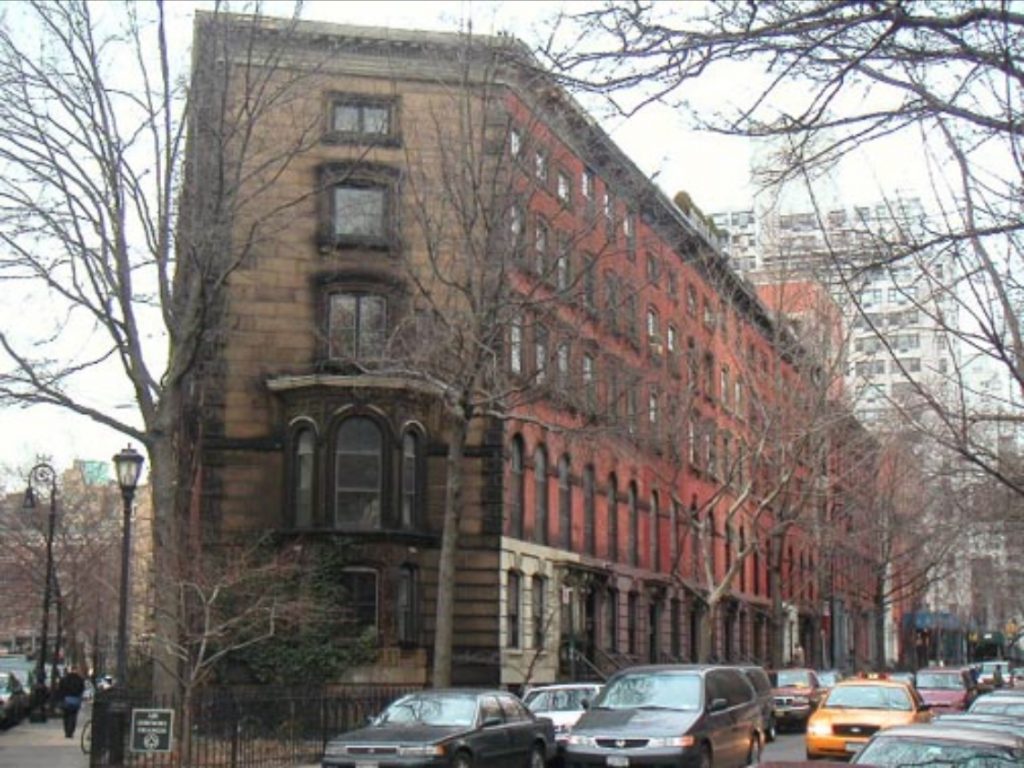Happy Anniversary St. Mark’s Historic District!
On January 14, 1969, the St. Mark’s Historic District was designated. The district was one of the first historic district designations by the newly created Landmarks Preservation Commission. The district also includes the GVSHP’s home in the Neighborhood Preservation Center on East 11th Street, which formerly served as the rectory for the adjacent St. Mark’s Church in the Bowery.

You can read the entire historic district designation report on GVSHP’s Resources Page. The area included within the St. Mark’s Historic District was part of the farm owned by Peter Stuyvesant (purchased in 1651), who was the last Dutch Director-General of the New Netherland colony and is buried beneath the church. The district also includes much of Stuyvesant Street, which has its own unique history.

The picturesque portion of East 10th Street and Stuyvesant Street included in the district contains a remarkably intact triangle-shaped grouping of mid-nineteenth century Italianate residential buildings believed to have been designed by famed 19th century architect James Renwick, as well as some of earliest-constructed Federal buildings in the city, including the Hamilton Fish House, which was one of the city’s first structures to be landmarked in 1965.

In 1984, the district was extended to include 102 and 104 East 10th Streets. Number 102 is the oldest house on the block, and both buildings were part of the estate held by Peter Gerard Stuyvesant and Elizabeth Stuyvesant Fish, the great, great grandchildren of Peter Stuyvesant.


I am part of the group of teenagers who in 1968 built the 2 cobblestone peace signs on the grounds near the entrance. The cobblestone work in the cemetery and in the back grounds was placed by the same group, ( just the boys of our group) my brother included. It was a summer work project. We built the peace signs with the left over cobblestones. Our initials were carved in cement that went around the peace signs, but the cement has mostly worn away. After the fire, the same group of kids came back to help repair the churçh. This was our hangout for years. We were allowed to use the front room of the church for our club. There are many stories to tell about our time there. I somehow would like to see a long overdue plaque dedicated to us and the peace signs we built, for I know that when people look at those peace signs they have no idea of their history, or our history at the church, I would be very pleased to tell our story. Many of us have gone to heaven, but some still remain. Please contact me. Our story is part of the history of the church and should be acknowledged.
Respectfully, Caroll McKeon ne’e Daleo